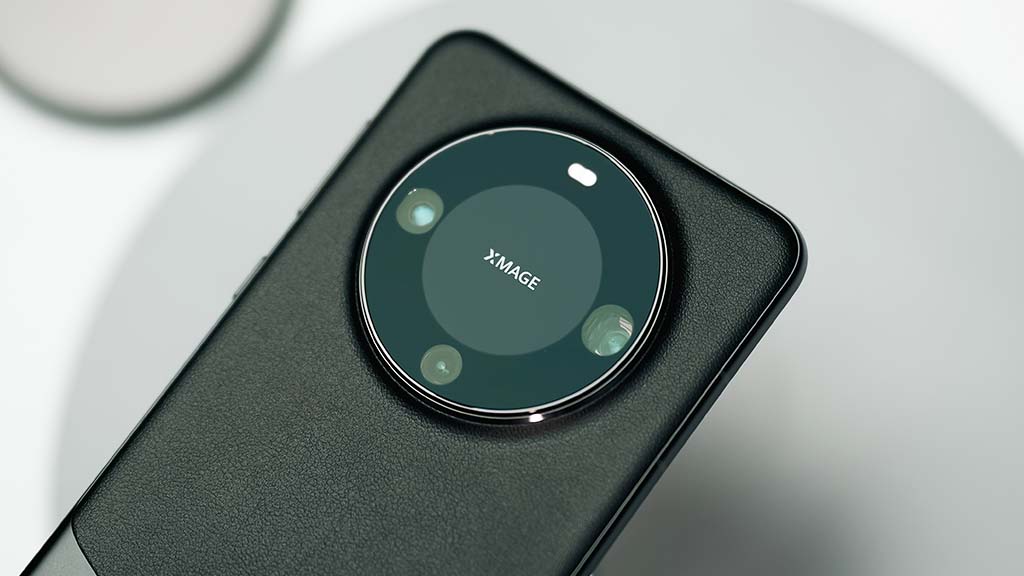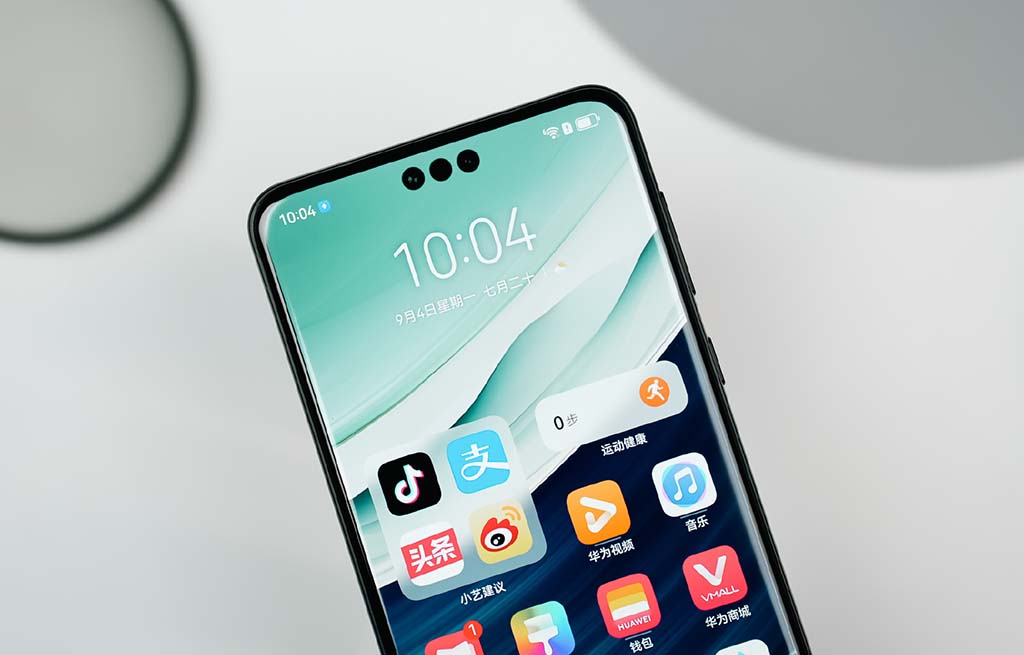Huawei
Huawei Mate 60 Pro has 18% more Chinese parts than Mate 40 Pro, reveals a new teardown

Huawei Mate 60 Pro has made a huge return of Huawei smartphones in the smartphone market and enthusiasts continue to unfold more mysteries about this new flagship phone. Now, a new Huawei Mate 60 Pro teardown has appeared, which shows that the phone has 18% more domestically produced parts than the Huawei Mate 40 Pro.
Nikkei Asia and research firm Fomalhaut Techno Solutions performed a disassembly of the new Mate series smartphone to check its internal components in terms of cost evaluation.
The total cost of Huawei Mate 60 Pro components stands at $422. Looking at the numbers, Chinese components led the tally at 47%. This is a sharp increase of 18% in domestic electronics components used inside the phone as compared to the Mate 40 Pro released in 2020.

It’s revealed that the new increase is contributed by Huawei’s new sourcing of displays from BOE instead of Samsung or LG Display. A report also confirmed that the Huawei Mate 60 series is using screen panels from BOE and Visionox.
However, Fomalhat CEO, Minatake Kashio doubts whether BOE will be able to fulfill Huawei’s demand for supplying its returning shipment volume.
The touch panel of Huawei Mate 40 Pro was supplied by US Synaptics but Huawei Mate 60 Pro also outsourced this domestically. Interestingly, Huawei’s home ground supply chain sums up to $198, which is a 90% increase as compared to Mate 40 Pro.
Huawei Mate 40 Pro was equipped with a 5nm Kirin 9000 chipset processed with TSMC’s cutting-edge technology. In the following year, Huawei stopped releasing new chipsets due to the US ban and adopted 4G Qualcomm chips.
However, the Huawei Mate 60 Pro surprised users with the return of a new Kirin chipset. the surprise increased two-fold when customers found that it’s 5G compatible. The teardown report affirms that the new Kirin chip is processed with China’s SMIC 7nm technology.
Meanwhile, the shares from the Japanese electronics maker reduced below 1% in the Mate 60 Pro, declining about 19% from the 2020 flagship. After the US ban in 2019, Huawei is turning itself more towards self-developed and domestically produced technologies. Huawei Mate 60 Pro is a stepping stone towards a more in-house produced components to cut reliance on foreign parts that the company may not access in the near future.
(source)






